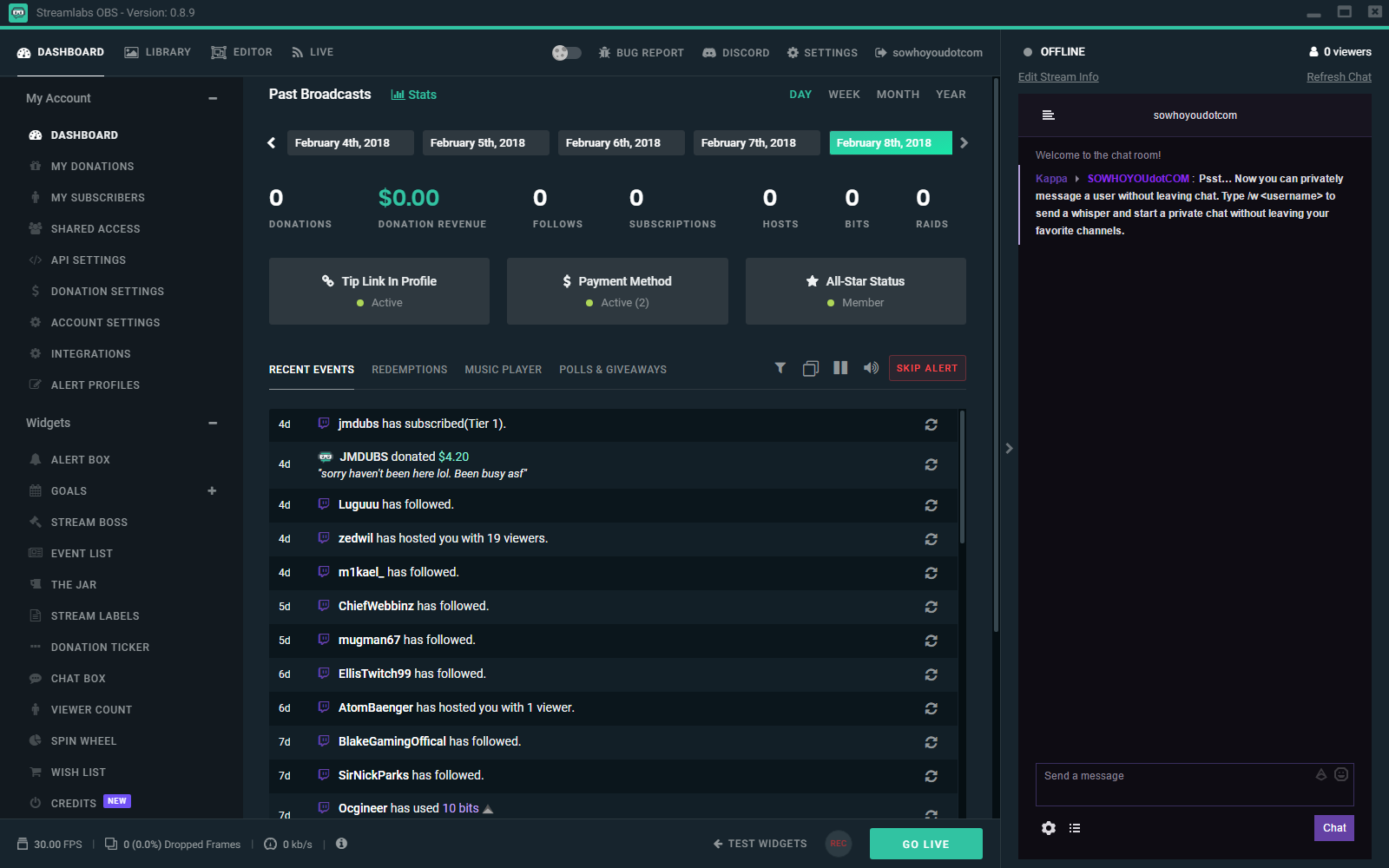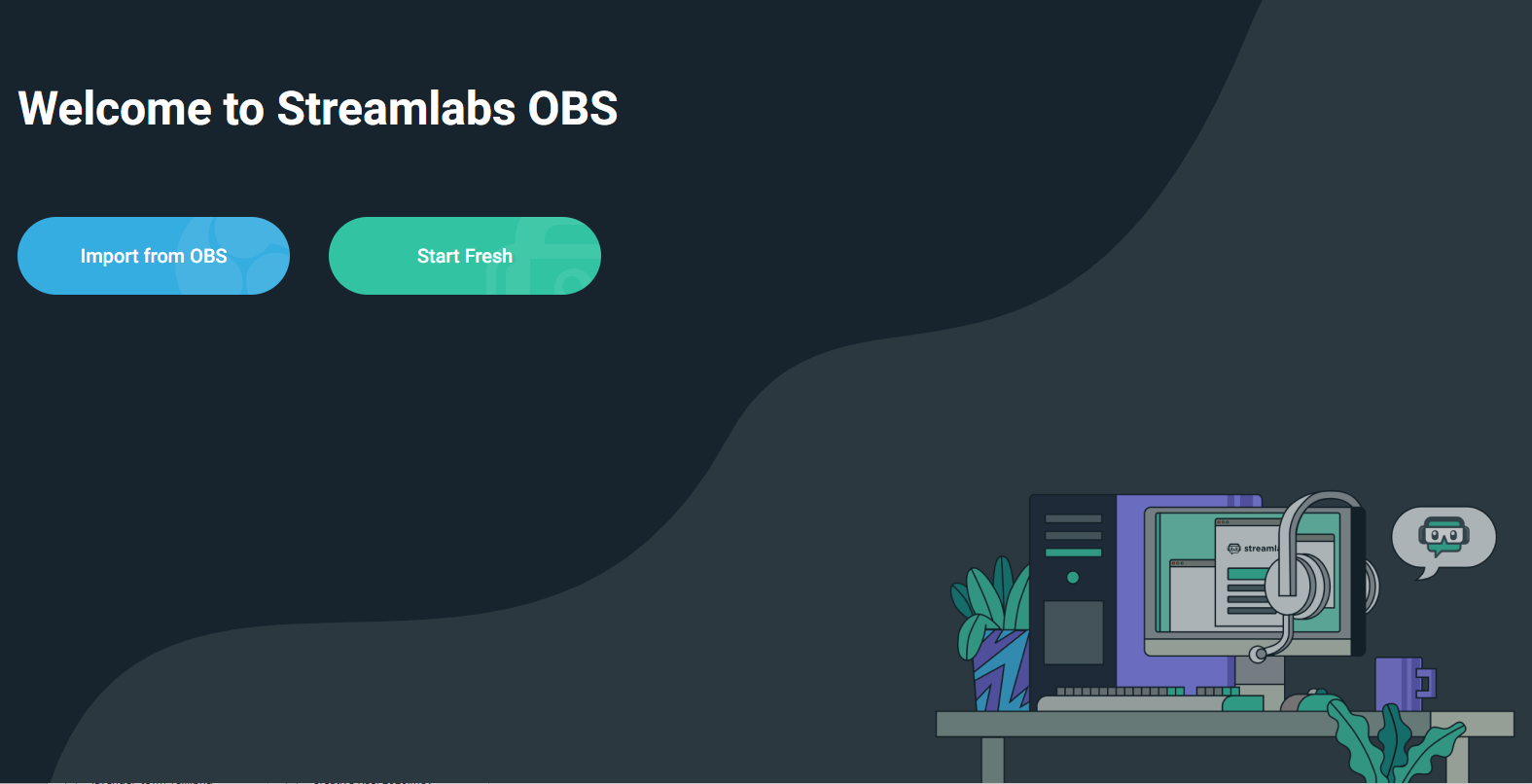

Open Chrome settings, search for "hardware acceleration," disable the "Use hardware acceleration when available" setting, and then relaunch Chrome.) (If the Google Chrome window you're capturing appears black in OBS, you might need to temporarily disable hardware acceleration in Google Chrome in order to allow OBS to capture the window. In the window list, select the window that mentions Google Chrome and Web Captioner.Name it something descriptive like Captions, and click OK. In OBS, create a new window capture source.Open Web Captioner and start captioning as usual.You won't see captions in OBS, but if you stream to a service like Facebook, Twitch or YouTube that has a "CC" button, you will be able to toggle captions on and off there. Add the channel and start captioning as usual.Go to the channels page in Web Captioner settings, select OBS Studio, and enter your server port and password from the last step.

The password is optional but recommended.

This is because Google Chrome may throttle the performance of background tabs or hidden windows, causing Web Captioner to stop processing captions during that time it is off-screen. Note that for both of these options you may need to keep the Web Captioner window visible on your screen while you are captioning, even if it's small and in the corner of your screen.

Learn about adding captions to a live stream using OBS Studio and Web Captioner. This video will show you how to get text to speech for re-subscriptions, donations, and bits for live streaming with OBS.OBS Studio is a popular program used to stream to Twitch, YouTube, Facebook and other platforms.


 0 kommentar(er)
0 kommentar(er)
